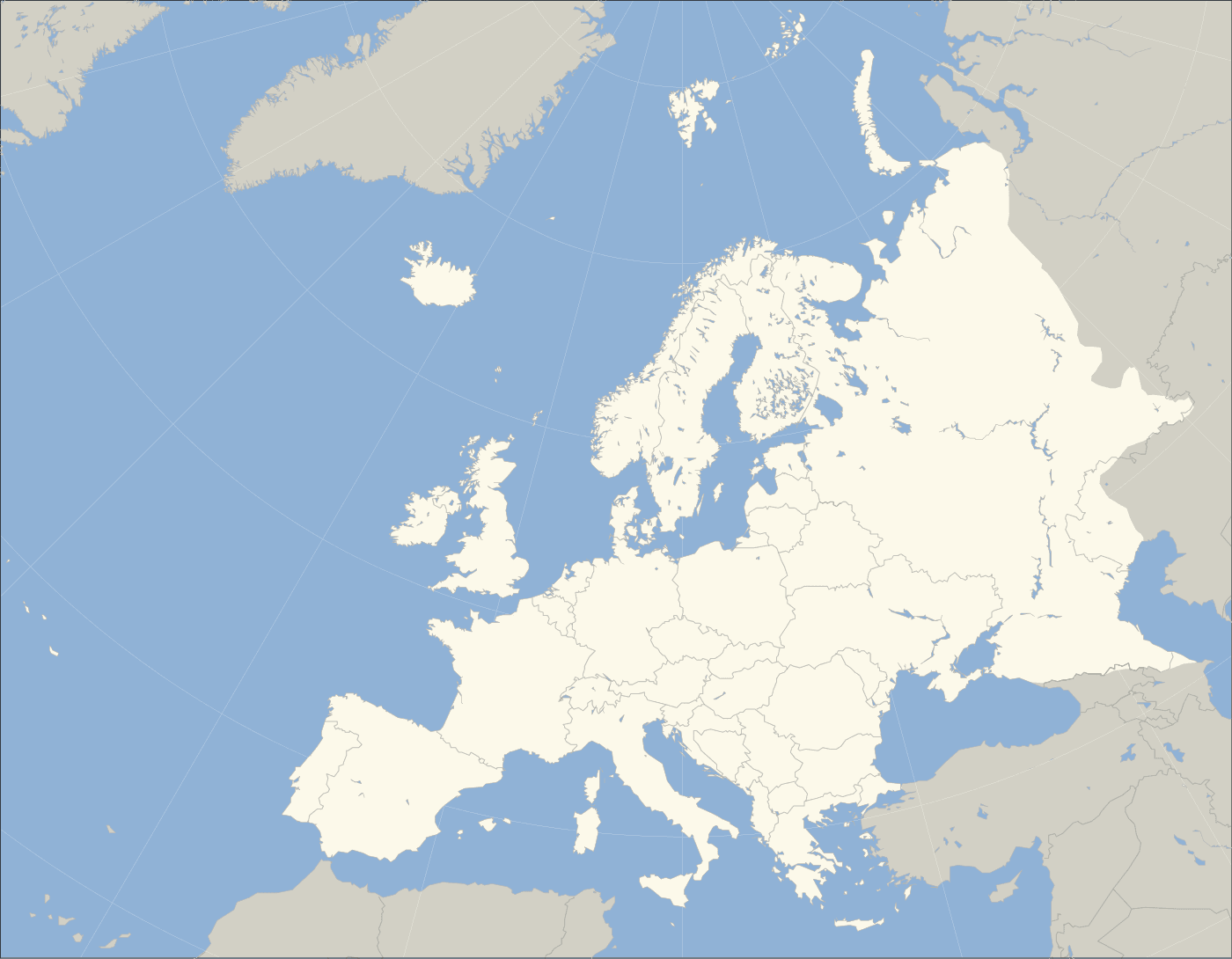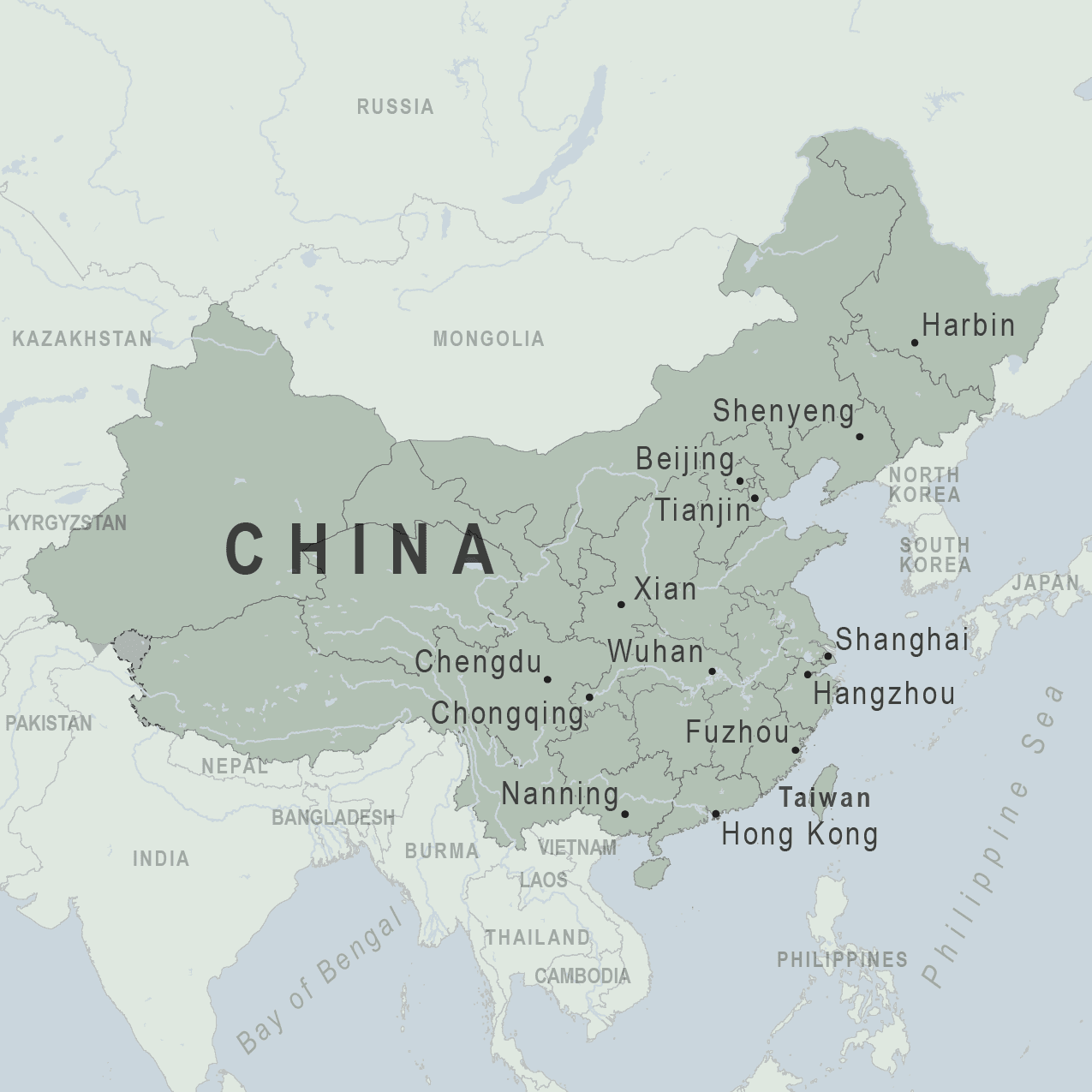Explore the World's Best Ideas
Join today and uncover 100+ curated journeys from 50+ topics. Unlock access to our mobile app with extensive features.
Unity & Disunity
The positives and negatives of geographic unity and disunity for nation states:
"China's frequent unity and Europe's perpetual disunity both have a long history. The most productive areas of modern China were politically joined for the first time in 221 B.C. and have remained so for most of the time since then. China has had only a single writing system from the beginnings of literacy, a single dominant language for a long time, and substantial cultural unity for two thousand years.
10
60 reads
Europe's Chronic Disunity
In contrast, Europe has never come remotely close to political unification: it was still splintered into 1,000 independent statelets in the 14th century, into 500 statelets in A.D. 1500, got down to a minimum of 25 states in the 1980s, and is now up again to nearly 40 at the moment that I write this sentence.
Europe still has 45 languages, each with its own modified alphabet, and even greater cultural diversity. The disagreements that continue today to frustrate even modest attempts at European unification through the EEC are symptomatic of Europe's ingrained commitment to disunity.
9
40 reads
China's Chronic Unity
Hence the real problem in understanding China's loss of political and technological preeminence to Europe is to understand China's chronic unity and Europe's chronic disunity.
The answer is again suggested by maps. Europe has a highly indented coastline, with five large peninsulas that approach islands in their isolation, and all of which evolved independent languages, ethnic groups, and governments: Greece, Italy, Iberia, Denmark, and Norway/ Sweden. China's coastline is much smoother, and only the nearby Korean Peninsula attained separate importance.
9
31 reads
Britain & Ireland - Taiwan & Hainan
Europe has two islands (Britain and Ireland) sufficiently big to assert their political independence and to maintain their own languages and ethnicities, and one of them (Britain) big and close enough to become a major independent European power.
But even China's two largest islands, Taiwan and Hainan, have each less than half the area of Ireland; neither was a major independent power until Taiwan's emergence in recent decades; and Japan's geographic isolation kept it until recently much more isolated politically from the Asian mainland than Britain has been from mainland Europe.
9
27 reads
Languages & Rivers
Europe is carved up into' independent linguistic, ethnic, and political units by high mountains (the Alps, Pyrenees, Carpathians, and Norwegian border mountains), while China's mountains east of the Tibetan plateau are much less formidable barriers.
China's heartland is bound together from east to west by two long navigable river systems in rich alluvial valleys (the Yangtze and Yellow Rivers), and it is joined from north to south by relatively easy connections between these two river systems (eventually linked by canals).
9
28 reads
Core Areas
As a result, China very early became dominated by two huge geographic core areas of high productivity, themselves only weakly separated from each other and eventually fused into a single core.
Europe's two biggest rivers, the Rhine and Danube, are smaller and connect much less of Europe.
Unlike China, Europe has many scattered small core areas, none big enough to dominate the others for long, and each the center of chronically independent states.
9
28 reads
Unity vs Disunity
Once China was finally unified, in 221 B.C., no other independent state ever had a chance of arising and persisting for long in China.
Although periods of disunity returned several times after 221 B.C., they always ended in reunification.
But the unification of Europe has resisted the efforts of such determined conquerors as Charlemagne, Napoleon, and Hitler; even the Roman Empire at its peak never controlled more than half of Europe's area.
9
24 reads
The Diffusion of Technology
Thus, geographic connectedness and only modest internal barriers gave China an initial advantage.
North China, South China, the coast, and the interior contributed different crops, livestock, technologies, and cultural features to the eventually unified China.
For example, millet cultivation, bronze technology, and writing arose in North China, while rice cultivation and cast-iron technology emerged in South China.
For much of this book I have emphasized the diffusion of technology that takes place in the absence of formidable barriers.
9
27 reads
Contrasts
But China's connectedness eventually became a disadvantage, because a decision by one despot could and repeatedly did halt innovation.
In contrast, Europe's geographic balkanization resulted in dozens or hundreds of independent, competing statelets and centers of innovation.
If one state did not pursue some particular innovation, another did, forcing neighboring states to do likewise or else be conquered or left economically behind.
Europe's barriers were sufficient to prevent political unification, but insufficient to halt the spread of technology and ideas.
9
21 reads
Comparisons
There has never been one despot who could turn off the tap for all of Europe, as of China.
These comparisons suggest that geographic connectedness has exerted both positive and negative effects on the evolution of technology.
As a result, in the very long run, technology may have developed most rapidly in regions with moderate connectedness, neither too high nor too low.
Technology's course over the last 1,000 years in China, Europe, and possibly the Indian subcontinent exemplifies those net effects of high, moderate, and low connectedness, respectively."
9
19 reads
IDEAS CURATED BY
Antonio Gallo's ideas are part of this journey:
Learn more about books with this collection
How to build a network while working remotely
How to work remotely
How to manage finances while working remotely
Related collections
Different Perspectives Curated by Others from Guns, Germs, and Steel
Curious about different takes? Check out our book page to explore multiple unique summaries written by Deepstash curators:
16 ideas
3 ideas
Phantom 's Key Ideas from Guns, Germs and Steel
Jared Diamond
Discover Key Ideas from Books on Similar Topics
24 ideas
Why is Sex Fun?
Jared Diamond
15 ideas
We Are Our Brains
D. F. Swaab
10 ideas
We Are Our Brains
D. F. Swaab
Read & Learn
20x Faster
without
deepstash
with
deepstash
with
deepstash
Personalized microlearning
—
100+ Learning Journeys
—
Access to 200,000+ ideas
—
Access to the mobile app
—
Unlimited idea saving
—
—
Unlimited history
—
—
Unlimited listening to ideas
—
—
Downloading & offline access
—
—
Supercharge your mind with one idea per day
Enter your email and spend 1 minute every day to learn something new.
I agree to receive email updates

